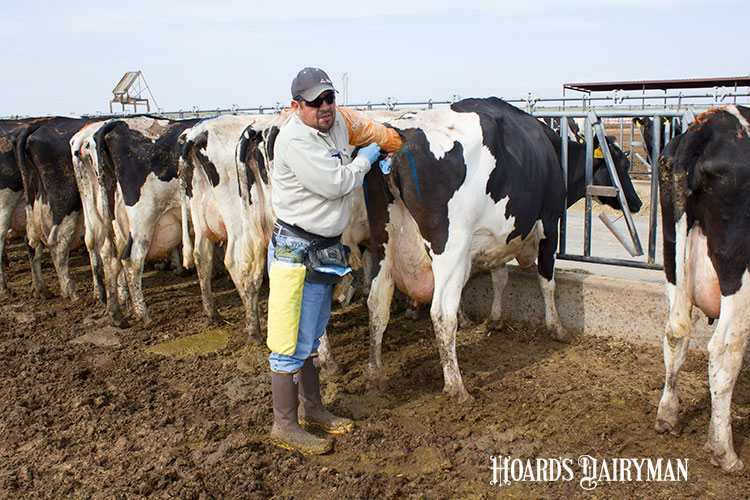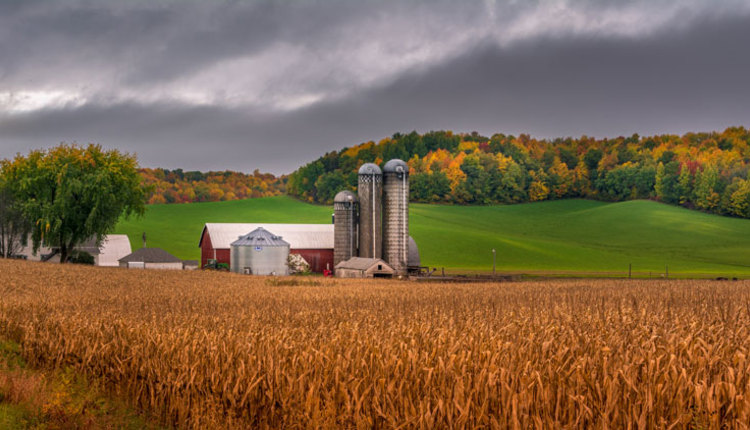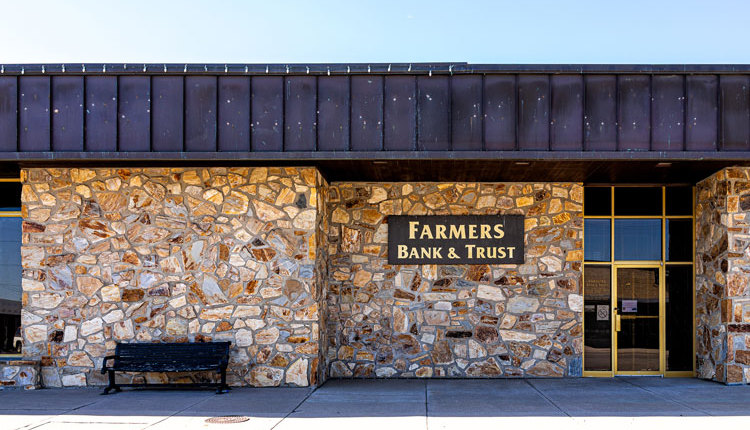
We know that dairy farm wages have been climbing rapidly, more so than in most other industries. Depending on the different dairy budgets available, estimated hired labor costs for herds of 200 cows or more vary from $1.80 per cwt. (hundredweight) to $2.30 per cwt. That typically represents 10 to 15 percent of production costs.
As the population of migrant workers shrinks and the prospect of immigration reforms remain uncertain, questions arise about the future competitiveness of the U.S. dairy sector. Could the dairy sector compete with other industries for labor and what would be the impact on the cost of production? Most of us know the answer to this, but let’s take a look at the numbers.
The table below shows a comparison of wages for different industries. Included here are the national averages and local numbers for Clark County, Wis., one of the counties with the most dairy farms in the country. Although dairy farm wages have risen steadily in the last few years, the wage level remains well below that of other industries competing for labor of similar skill level and interest.

Competing with these other sectors based solely on wage would imply at minimum a 50 percent spike in dairy farm wages, which would add almost $1 per cwt. to cost of production. At that point, it’s likely that robotic milking and other laborsaving technologies would be more cost effective.
Admittedly, those numbers do not include benefits like housing, which may be higher in the dairy sector than in others. Nevertheless, this quick comparison shows the extent to which access to labor has been instrumental to the competitiveness of the U.S. dairy sector.
The bottom line is that rising labor costs will force the dairy industry to be more efficient in using and managing labor. It can be done by improving technology to make each worker more efficient. Farm managers can also do a better job of keeping employees engaged and motivated, and present themselves as employers of choice who can offer a quality work environment.
(c) Hoard's Dairyman Intel 2017








